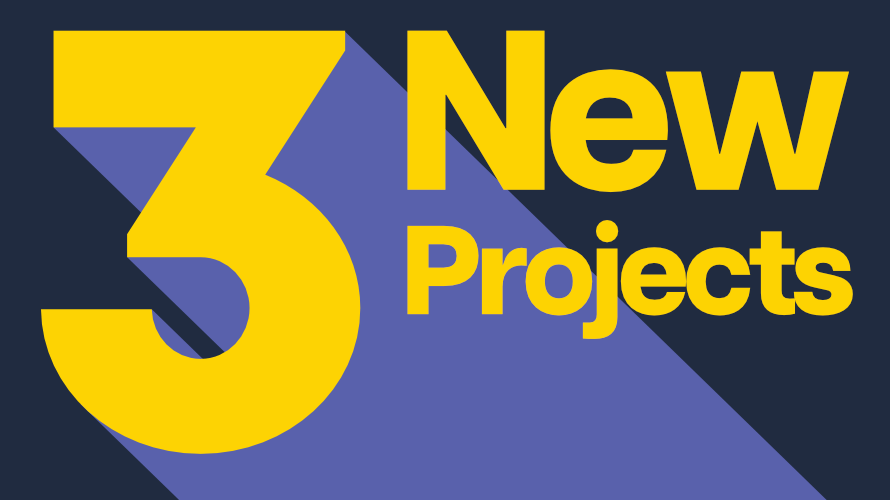
New and emerging materials have the potential to drive innovation in digital devices, but a significant gap exists between those with expertise in developing new materials and those seeking to deploy them in the design of novel interactive devices. While large companies may be able to overcome this challenge, it has remained an insurmountable barrier for most designers.
To close this gap, the pro2 network+ held a call last winter for solutions that can reduce the entry barrier to exploring and using emerging materials. This resulted in three funded projects, launching in 2025, which will seek to integrate materials into interactive systems to transform how we design, interact with, and experience technology.
Liquid in Circuits
Led by Professor Yi Wang of the Emerging Device Technology research lab at the University of Birmingham, this project seeks to make flexible electronic circuits using liquid metals more widely available. Liquid offers the benefit of natural flexibility and can be paired with similarly flexible circuits and sensors, allowing for greater flexibility than is currently achieved with conventional flexible electronics made from thinned conductors, dielectrics, and conductive textiles. Liquid metals like the non-toxic gallium-indium alloy can take the place of solid conductors in flexible circuits, allowing for greater stretching and bending. Liquid metal circuits have the potential to be more durable than conventional alternatives, as well as being more sustainable thanks to the fact that the self-repairing nature of liquids leads to a reduction in e-waste.
While liquid metal circuits have been successfully demonstrated in a number of research studies, challenges remain in bringing them to device-making communities in the form of consumable products. This project will seek to overcome two challenges currently preventing the widespread adoption of liquid metals in flexible electronics and sensors. The first of these is improving the reliability of flexible microfluidic channels for use with liquid metals. The second challenge will be to find a solution for maintaining the performance of flexible electronics under stretching or bending forces.
This project is further supported by Doctors Yi-Wen Wu and Tim Cole of the University of Birmingham and Associate Professor Shiyang Tang of the University of Southampton.
Device Scale Direct Composite Functional Elastomer Printing
A major challenge affecting assistive technology is user comfort, especially when it comes to prosthetics, braces, and orthotics. One such example is the interface between a prosthetic socket and a user’s residual limb. Unfortunately, many current designs fail to manage shear stresses effectively which can result in skin damage, discomfort, and reduced wear life of socket liners. The lack of fully integrated and fully soft stress-tracking mechanisms at the device level continue to prove a barrier to improving comfort for users.
Soft sensors are available but current manufacturing techniques are unable to support scalable device integration. This is due to the fact that many liquid-based materials used in their fabrication require liquid syringe printing and are affected by issues like curing time and lack of support for additional layers in the construction of larger structures. This project will seek a solution in the form of a novel rig that employs coaxial and triaxial syringe deposition into a supportive gel bath, allowing for the fabrication of complex sensing and functional structures. This will also provide the device-level form factors required for prolonged contact with the body. It will enable customised fabrication at scale, as sensors and functionally graded materials can be printed directly with the device as a single piece.
In seeking a solution to this problem, the team aims to create a framework for print parameters and printed material properties to support high-quality, multi-material sensor integration in devices. Reducing manufacturing steps in this way has the potential to enable the scalable fabrication of many innovative material technologies for human interfaces.
The project is led by Dr Ben Oldfrey, an Assistant Professor at University College London’s Global Disability Innovation Hub. The UCL-based team includes co-investigators Dr Elze Porte and Professor Mark Miodownik, as well as PhD student Christian Partik.
Laser-Induced Forward Transfer of Graphene for Interactive Devices
Laser-Induced Forward Transfer (LIFT) technology is a well-established laser-based nanomanufacturing technique. It works by selectively transferring nano-inks from a donor substrate to a receiver substrate. When using conductive ink, it can create electronic sensors, actuators, and connectors on almost any material, including glass, polymers, biocompatible materials, and paper.
The Human-Computer Interaction (HCI) community have already been working with a wide variety of non-conventional materials to create digital devices. Examples include ceramics, PDMS (a type of silicone polymer), and bacteria cultures. LIFT technology has the potential to further accelerate the exploration of novel devices by automating fabrication and expanding the design space through its high resolution and scalability.
This project, led by Assistant Professor Hyunyoung Kim of the University of Birmingham, will establish a comprehensive database documenting how transferred conductive ink behaves on a variety of non-conventional materials. This will include performance in regard to conductivity, deformability, and across various sensor, actuator, and connector designs. Once developed, the database will be integrated into a user-friendly design tool to aid in the fabrication of digital devices. The project is further supported by co-investigator Stefan Dimov, a Professor of Micro Manufacturing at the University of Birmingham.
What’s next?
If you’re curious to know more about these projects, follow us on LinkedIn, Bluesky, and Instagram for updates. You can also register for free to be a pro2 network+ member, giving you access to the member’s section of our website for networking and collaboration. Members also receive the pro2 newsletter with information about our events, future funding calls, and everything we’re doing to democratise the production of digital devices.
